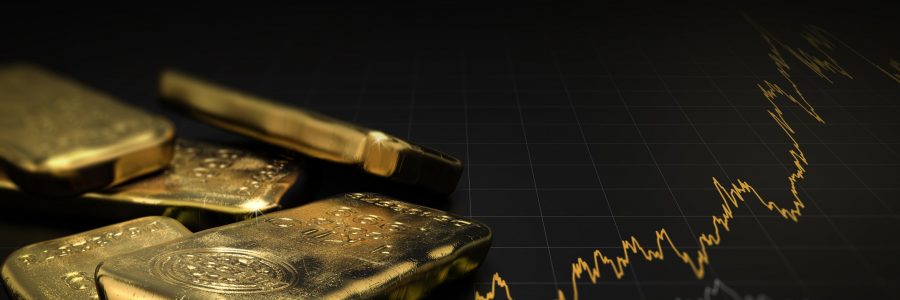Why Should You Invest in Silver and Silver Mining Companies?
Silver Outperforms Gold In Bull Markets
Silver is a very small market—so small, in fact, that a little money moving into or out of the industry can impact the price to a much greater degree than other assets (including gold). This greater volatility means that in bear markets, silver falls more than gold. But in bull markets, silver will soar much further and faster than gold.
Let’s see how much more silver gained than gold in the two biggest precious metals bull markets in the modern era:
|
Gain from 1970 low to 1980 high |
Gain from 2008 low to 2011 high |
|
|
Gold |
2,328% |
166% |
|
Silver |
3,105% |
448% |
You might say silver is gold on steroids!
We can expect this outperformance to repeat in the next bull market, too, because the silver industry remains tiny.
Peter Schiff states, “Silver has hit an all-time high of $49 per ounce twice – in January 1980 and then again in April 2011. If you adjust that $49 high for inflation, you’re looking at a price of around $150 per ounce. In other words, silver has a long way to run-up. As one analyst put it, “With the long-term downside potential of silver very low versus its current valuation, the risk/reward is one of the best investments on the planet.”
Growth in Industrial Usage
Believe it or not, we don’t go one day without using a product that contains silver.
Silver is used in nearly every major industry, from electronics and medical applications to batteries and solar panels. Silver is everywhere, whether you see it or not. As Mike says in his book, “Of all the elements, silver is the indispensable metal. It is the most electrically conductive, thermally conductive, and reflective. Modern life, as we know it, would not exist without silver.” Due to these rare characteristics, the number of industrial applications for silver has skyrocketed. In fact, the industry now gobbles up more than half of all silver demand.
Silver is used in a wide number of industries and products, and many of those uses are growing. Here are a few examples:
• A cell phone contains about one-third of a gram of silver, and cell phone use continues to climb relentlessly worldwide. Gartner, a leading information technology research and advisory company, estimates a total of 5.75 billion cell phones will be purchased between 2017 and 2019. That means 1.916 billion grams of silver, or 57.49 million ounces, will be needed for this use alone!
• The self-heating windshield in your new Volkswagen will have an ultra-thin invisible layer of silver instead of those tiny wires. They’ll even have filaments at the bottom of the windshield to heat the wipers so they don’t freeze to the glass.
• The Silver Institute estimates that silver use in photovoltaic cells (the main constituents of solar panels) will be a whopping 75% greater in 2018 than it was just 3 years earlier.
• Another common industrial use for silver is as a catalyst for the production of ethylene oxide (an important precursor in the production of plastics and chemicals). The Silver Institute projects that due to growth in this industry, 32% more silver will be needed by 2018 than what was used in 2015.
There are a lot more examples like this, but the bottom line is that due to its unique characteristics, industrial uses for silver continue to expand, which means we can reasonably expect this source of demand to remain robust. But that’s not the whole story… unlike gold, most industrial silver is consumed or destroyed during the fabrication process. It’s just not economic to recover every tiny flake of silver from millions of discarded products. As a result, silver is gone for good and limits the amount of supply that can return to the market through recycling.
So not only will the ongoing growth in industrial uses keep silver demand strong, millions of ounces cannot be reused.

